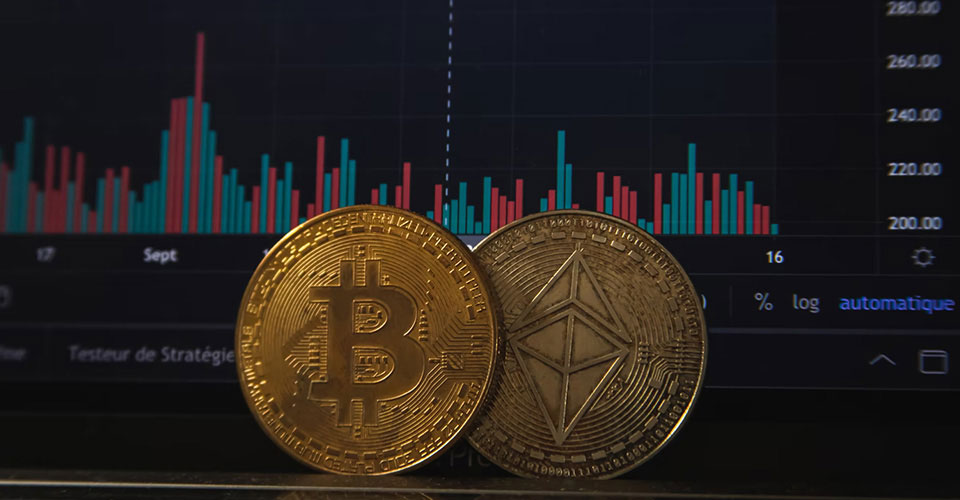The NPA & Liquidity Crisis: Impact Analysis on the Indian hotel industry
The state of turmoil in the Indian banking system has generated new concerns for the Indian hotel industry. As per RBI data, at the end of March 2018, the current outstanding exposure of banks to the hotel and tourism sector saw a decline of 3.0% over the last financial year and stood at approximately, Rs365 billion. The credit offtake has also been rather tepid in the last several years. Our research indicates that the quantum of stressed loans for the hotel sector has jumped 63.0% over the last three years. The gross stressed loan value is estimated at Rs11,000 crore which is 27.0% of the total lending exposure of approximately, Rs40,500 crore, as on March 2018. The debt and private equity fuelled spending binges are a thing of the past and instances of credible projects getting stalled due to lack of capital are common.
In what ways, and to what extent, will the industry be impacted? Will hotels continue to be perceived as an investment-worthy asset class? And will developments – internal and external – allow a turnaround and a good chance for steady growth?
In this article, we make an attempt to ‘gaze the crystal ball’ and see what lies ahead for the hotel industry in India.
Debt & Private Equity Markets
In the near term, lending, growth and liquidity dynamics are expected to make access to debt-based instruments difficult for most industry players. The NPA situation at banks is real and acutely chronic. There are no short-term solutions or magic fixes. It is our estimate that it will take at least 3 years for the process of cleaning-up of balance sheet and recapitalization of banks to fully take effect, till such time the quantum of lending will be limited and loan repayment tenures on new loans are likely to be shortened. Like most Real estate asset classes, lending for hotel developments, will continue to be under the banking regulatory microscope, especially at current cost of land acquisitions and project implementation.
Investments through dedicated real estate/hotel funds and private equity placements will require an enhanced level of due diligence, and this will result in the average time cycle for investments being extended. Many global funds have either decided to exit their investments or are re-evaluating their real estate portfolio strategy for India. Trends also indicate that historical fund commitments made in Special Purpose Investment Vehicles (SPIVs) are beginning to get temporarily suspended.
Demand – Supply Dynamics
With financing becoming harder to get and hotel projects to take longer to come to fruition, existing players stand to benefit in the short to medium term. Hotels constituting the existing market will continue to operate at improved levels of occupancy, with flatter but more consistent rate growth. Post rationalization of the demand-supply dynamics, the rate adjustment factor will be comparatively lower for hotels with a mid-market orientation and these hotels are expected to present a better growth trajectory over the next 3 – 5 years.
The other advantage a country as vast as India presents is a unique opportunity to cater to the huge latent demand in the market. As per our estimates the quantum of latent demand, at a price range of Rs2,000 – Rs3,000, is in the region of 1.2 – 1.5 million annual room nights. This demand is exclusively serviced by OTAs, consolidators, small format hotels, catering to hyper-micro markets in Tier I & Tier II markets as well as unique destination in the Leisure Segment. The next wave of expansion for brands will come from these markets and segments. With the overall market size expanding, the overall demand base will improve, leading to improved capacity utilization for the industry.
Profitability & Operating Performance
Since its peak in FY08 , hotel room rates (ARR) in India have dropped by approximately 40.0% and EBITA margins have deteriorated by 12-14%. There exists a significant gap between the capacity of hotels to generate sufficient cashflows and its debt service liabilities. The ROCE, measured in terms of cash profit, is lower than risk free return rates for a significant number of hotel assets.
Going forward, hotels will have to effectively and aggressively adopt technology and best-in-class cost management systems to ensure that profit margins are maintained. The improvements in margin performance will be driven by pro-active cost management initiatives as against enhanced revenue delivery. The hotel industry, by and large, has successfully made a transition to outsourced services in areas such as security, horticulture, laundry and property management. The overall ecosystem of outsourced service affiliates needs to further expand to areas such as training, revenue management, spa operations, marketing and communications etc. Focus will shift towards improving yields on per square feet of FSI and per employee productivity.
Though the industry will face cost inflation in the form of more expensive raw material and higher payroll, a steady top line growth, coupled with diligent cost management, should allow the industry to slowly but steadily offset the negative impact on profitability.
Future Outlook
While echoes of stressed banking system and cautious investor sentiments towards real estate are likely to resound in the short term, the economic fundamentals of India continue to remain sound and the growth trajectory of corporate India is testimony to this. Improved domestic travel will provide the necessary impetus to the hotel industry. In the last decade the hotel industry witnessed unparalleled growth, some hotels have been guilty of manipulating the delicate balance between price and value. This had resulted in development of parallel lodging markets and led to erosion of effective capture ratios and displacement of demand from traditional high-volume segments. Post rate rationalization, these markets are returning back and overall the demand indicators, tough fragmented, diverse and broad based, continue to remain positive.
To conclude, we have had the opportunity to witness 3 downcycles and 2 upcycles in the last 15 years. The government’s overall policy direction, the major reforms initiatives and fiscal prudence measures are in the right direction and will provide the necessary impetus for long term growth. The major reforms of the past few years will need time for stabilization and post that banks as well as businesses will be ready for a fresh phase of growth, profitability and investment leading to improved capacity utilization and efficient margins within hotels. The Indian hotel industry has, in the past, overcome the challenges posed by events such as 9/11, the Global Financial Crisis, demonetization, GST roll-out etc. While times are tough currently, we expect the industry to remain resilient in the face of the current NPA and Liquidity crisis, benefiting from a well-performing economy and robust demand growth over the long term.



